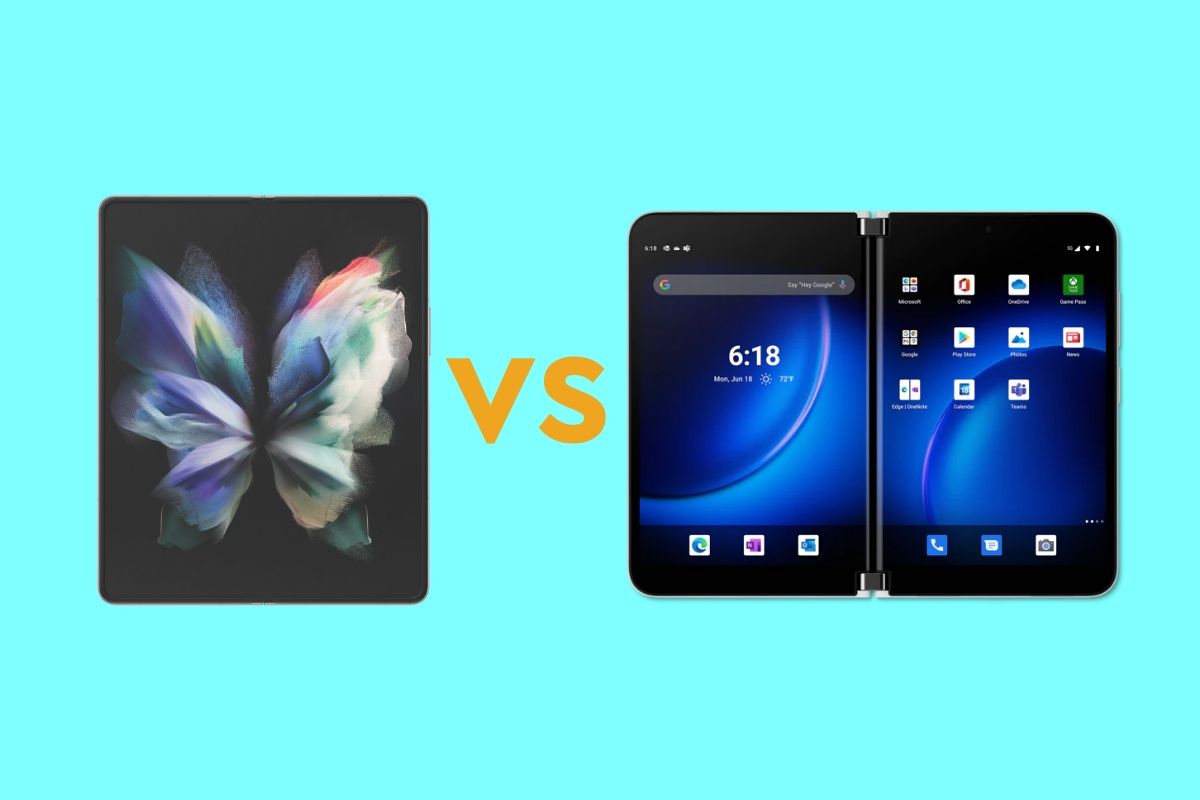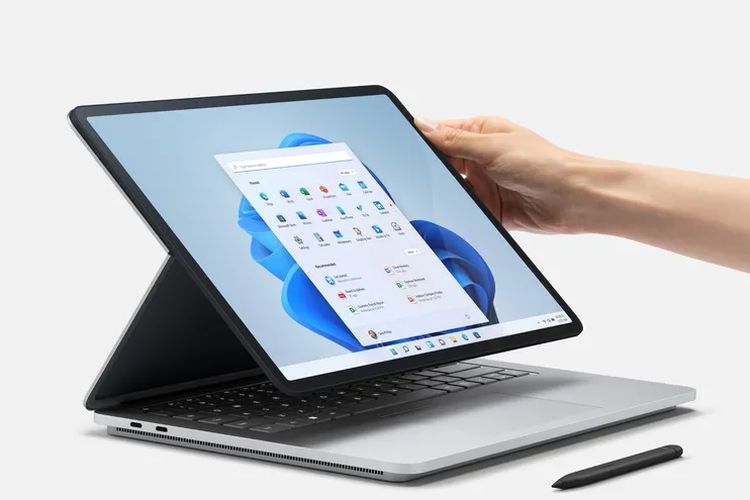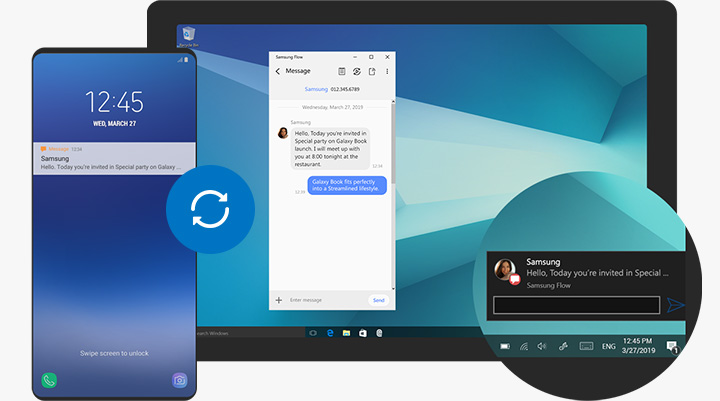

Once again, the Core i7 model outperforms the Core i5 pre-production model here, and by quite a bit, although both are well under the limit where you would be able to detect an issue. Color temperatures are very close to where they should be as well, and both keep gamma in check which is nice to see. The Core i7 model, which is a retail sample, seems to be much better here, but with just a sample size of two, it’s difficult to say if this is just luck of the draw. Grayscaleīoth models do ok in this test, but the Core i5 model, which was a pre-production sample, had some issues with grayscale, especially as the brightness went up. The Core i5 model that I have has 462 nits of brightness and almost 1800:1 contrast, edging out the Core i7 sample. The best part is that the panel has achieved this with amazing black levels, and watching movies on the Surface Book really brings out a lot more detail in dark scenes than most devices are capable of. Our first test gets right to the heart of the claim from Microsoft, and sure enough, the Panasonic panel is able to deliver over 1700:1 on contrast. Since I have two Surface Books, I’ve run the tests on both so we can check how the calibration is done on more than one device.
#Samsung flow app on surface pro 6 software
To test these claims, we use SpectraCal’s CalMAN 5 software suite with an X-Rite i1Display Pro colorimeter for brightness and contrast measurements, and an i1Pro spectrophotometer for testing color accuracy. At the launch event, Panos Panay claimed this notebook had 1700:1 contrast ratio, which, if true, would make it one of the highest contrasts on any notebook, if not the actual highest on any notebook for sale today, and this was done, in part, with the help of photo-alignment. Microsoft has also stated that each Surface Book will be individually calibrated for sRGB, which is important since you generally can’t calibrate a notebooks’s colors after the fact.

Instead, Microsoft wanted to focus on contrast on this display. Instead, it is a traditional amorphous silicon panel, so it won’t offer the same power savings of IGZO. Microsoft has opted to go with a display from Panasonic, and it’s not IGZO which was a bit surprising with the high DPI on tap. So with all of these similarities with the Surface Pro 4, it would be easy to assume that Microsoft is using the same Samsung IGZO panel, but that is actually not the case. Text rendering on it is fantastic, and it would be pretty difficult to discern individual pixels at any sort of normal distance. This is done with a 3000x2000 resolution, and it is incredibly sharp. It actually leverages the GPU for some functions since the GPU has a lot more capabilities and power available.ĭespite the larger display than the Surface Pro 4, it shares the exact same pixel density at 267 pixels per inch. This is the same as the Surface Pro 4, and the goal is to reduce latency on both touch and pen. Microsoft has created their own touch and pen controller, which they are calling the G5 chipset. So even though it would be easy to compare the Surface Book to 13.3-inch Ultrabooks, it offers even more screen than the 14-inch models.

There is more physical display available on the 13.5-inch Surface Book than a 14-inch 16:9 display. When you snap two apps to the side, you effectively have two 3:4 workspaces, making multitasking much better. For many of us, the constant move to 16:9 on notebooks was a painful process to watch, and with the Surface Book, you jump right past 16:10 to an even taller aspect ratio. Clip it on the base, and you now have a notebook display with enough vertical pixels to cut down on the amount of scrolling you need to do.
/what-is-the-samsung-flow-app-4588304-0-5c78ad0dc9e77c0001e98e31.jpg)
It works much better in portrait than 16:9 ever did. When the Clipboard is detached, the 3:2 13.5-inch display is every bit as good as the Surface Pro 4, only a bit larger. When Microsoft moved to 3:2 with the Surface Pro 3, it instantly transformed that device and made it much better as both a tablet and a notebook. The aspect ratio is really one of the key features. As with all of the Surface devices now, it supports touch, and pen input, and it has a 3:2 aspect ratio. Microsoft calls it a PixelSense display - named for its capacitive touch and stylus capabilities - and they have added some technology to really move this display forward. I feel like the display is one of the key points with the Surface Book.


 0 kommentar(er)
0 kommentar(er)
